The photographic lighting market is poised for substantial growth, driven by advancements in technology and the rising demand for innovative solutions. As 2025 approaches, the focus is on the latest trends and developments. This article delves into the crucial aspects of selecting photographic lighting, offering valuable insights for professional buyers in the industry.
Table of Contents:
– Market Overview of Photographic Lighting
– Detailed Analysis of the Photographic Lighting Market
– Key Factors When Selecting Photographic Lighting
– Exploring the Latest Technology Features in Photographic Lighting
– Durability and Quality of Photographic Lighting Equipment
– Packaging Quality and Regulatory Compliance
– Warranty and Customer Support Options
– Summarizing
Market Overview of Photographic Lighting
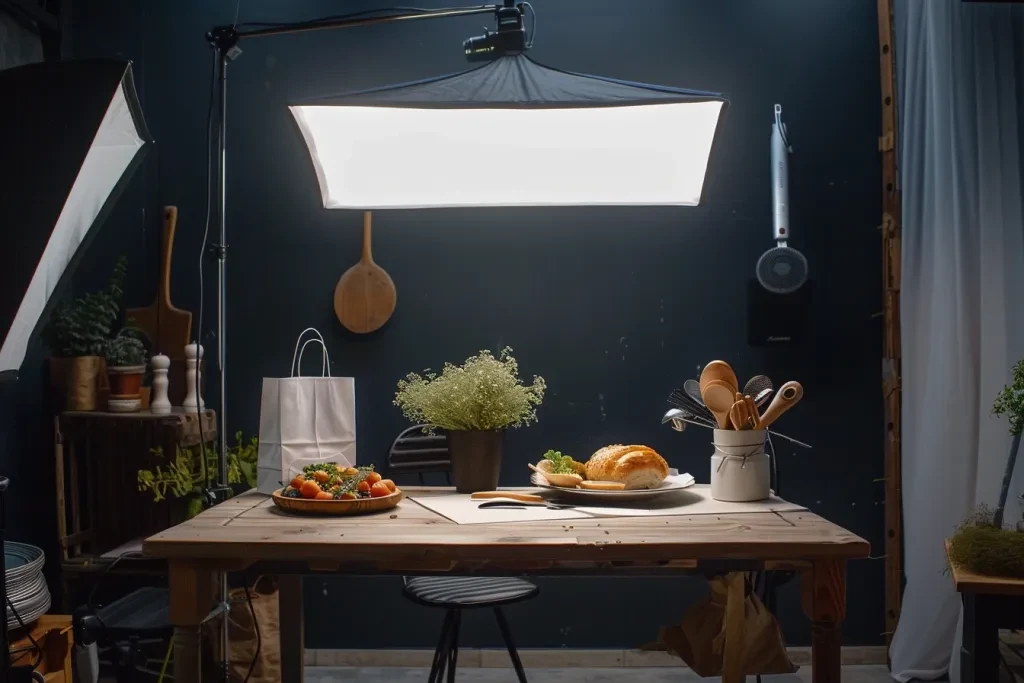
The photographic lighting market is set for significant growth, with a projected valuation of USD 9.1 billion by 2030, up from USD 6.07 billion in 2024. This represents a robust compound annual growth rate (CAGR) of 6.88%. The market’s expansion is driven by the rising demand for high-quality and innovative lighting solutions in both professional and amateur photography. The growth of digital storytelling and the influence of social media are key factors, as they increase the need for superior image quality and creative lighting techniques.
The market is segmented into various product categories, including continuous lighting, flash lighting, and lighting accessories. Continuous lighting solutions, like LED panels and ring lights, are popular due to their versatility and energy efficiency. Flash lighting, including studio strobes and on-camera flashes, is essential for capturing high-speed and dynamic scenes. The accessories segment, which includes light modifiers, stands, and power packs, supports the customization and enhancement of lighting setups, catering to diverse photographer needs.
Geographically, North America and Europe dominate the market due to the high concentration of professional photographers and leading photographic equipment manufacturers. However, the Asia-Pacific region is expected to see the highest growth rate, driven by the increasing popularity of photography as a hobby and the rising number of social media influencers. Market dynamics are influenced by technological advancements, consumer behavior shifts, and the continuous evolution of digital imaging technologies.
Detailed Analysis of the Photographic Lighting Market
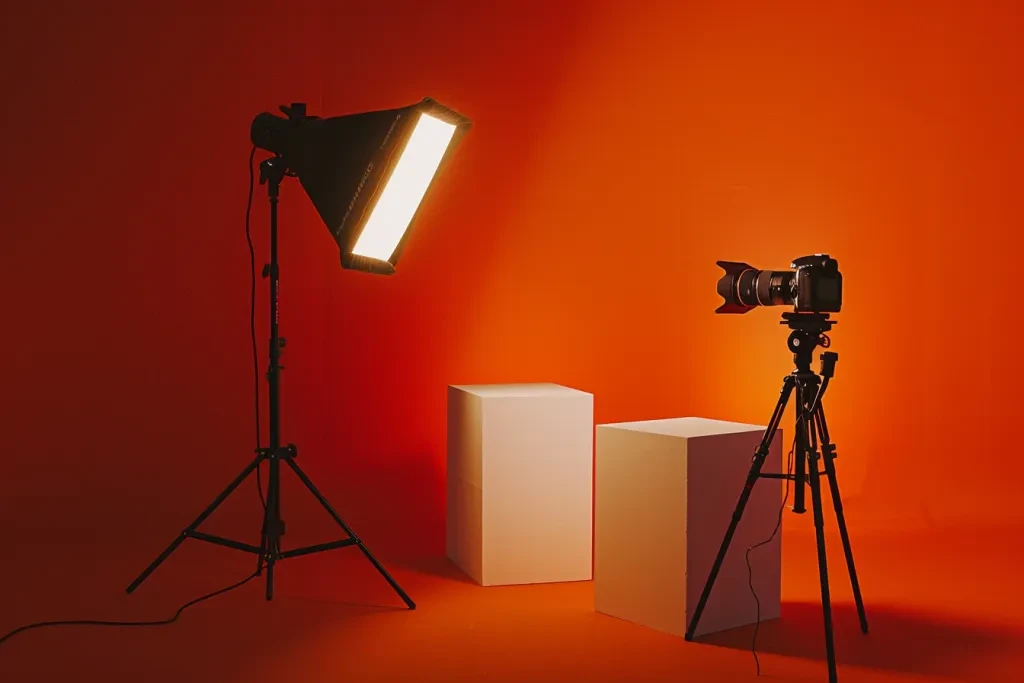
The photographic lighting market is dynamic, with continuous innovations and evolving consumer preferences shaping its trajectory. Key performance benchmarks include the color rendering index (CRI), luminous efficacy, and flexibility of lighting solutions. High CRI values, typically above 90, are crucial for accurate color reproduction, essential for professional photography. Luminous efficacy, measured in lumens per watt, indicates the efficiency of lighting equipment in converting electrical power into visible light, with higher values signifying better performance.
The market is competitive, with prominent players like Godox, Profoto, and Elinchrom holding significant shares due to their extensive product portfolios and strong brand reputations. Economic factors, such as fluctuations in raw material prices and global trade policies, impact manufacturing costs and pricing strategies. The increasing adoption of online sales channels is reshaping distribution preferences, offering consumers greater accessibility to a wide range of products.
Recent innovations include smart lighting technologies, such as app-controlled lighting systems and AI-driven features that automate and optimize lighting settings. These advancements cater to the growing demand for user-friendly and efficient lighting solutions. The product lifecycle stages in this market are short, with rapid technological obsolescence requiring continuous R&D investments. Environmental regulations also play a significant role, with manufacturers focusing on developing energy-efficient and eco-friendly products to align with global sustainability trends.
Consumer behavior shifts show a growing preference for compact and portable lighting solutions that offer flexibility without compromising quality. Seasonal demand patterns are evident, with peak sales during major photography events, festivals, and wedding seasons. Customer pain points include the high initial cost of professional lighting equipment and the complexity of setting up advanced lighting systems. To address these concerns, brands are offering modular and easy-to-use lighting kits, enhancing customer support services, and providing comprehensive tutorials and workshops.
In niche markets, specialized lighting solutions for macro photography, underwater photography, and drone photography are gaining attention. These segments require tailored lighting equipment to meet specific technical requirements and environmental conditions. Brand positioning strategies focus on highlighting the unique features and benefits of their products, leveraging influencer marketing, and building strong online communities to foster brand loyalty.
Key Factors When Selecting Photographic Lighting
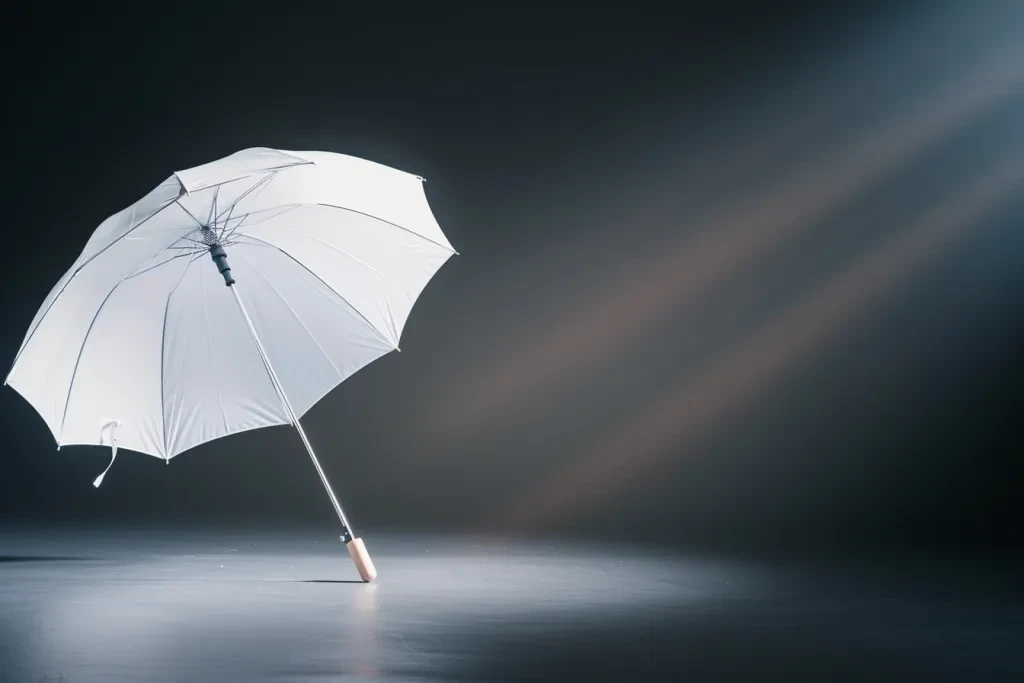
Choosing the right photographic lighting is crucial for achieving high-quality images. Several factors should be considered to ensure that the lighting setup meets your specific needs and delivers the desired results. Below are the key factors to consider when selecting photographic lighting.
Types and Styles of Photographic Lighting
Different types of photographic lighting serve various purposes and can significantly impact the final image. Common types include continuous lighting, strobe lighting, and speedlights. Continuous lighting provides a constant light source, ideal for video work and beginners who want to see the effects in real-time. Strobe lighting offers powerful bursts of light, suitable for freezing motion and achieving sharp images in studio settings. Speedlights are portable flash units that can be used both on and off-camera.
The style of lighting, such as soft or hard light, also plays a critical role. Soft lighting, achieved using diffusers or softboxes, creates gentle shadows and a flattering appearance, perfect for portraits. Hard lighting produces sharp shadows and high contrast, adding drama and depth to the image. Understanding the types and styles of lighting will help in selecting the appropriate equipment for the desired photographic effect.
Performance and Functionality
The performance and functionality of photographic lighting equipment are vital for achieving consistent and reliable results. Key performance indicators include color temperature, measured in Kelvin, and the color rendering index (CRI). A higher CRI indicates better color accuracy, essential for professional photography where true color representation is critical.
The power output, measured in watts or lumens, determines the light’s intensity. Adjustable power settings allow for greater control over the lighting environment, enabling photographers to fine-tune the light intensity to match the scene. Additionally, consider the functionality of the lighting equipment, such as wireless control, compatibility with light modifiers, and ease of setup, to ensure that the lighting system is practical and efficient for the intended use.
Design and Aesthetics
The design and aesthetics of photographic lighting equipment can influence the user experience and the overall look of the studio or shooting environment. Compact and lightweight designs are advantageous for photographers who need to transport their equipment frequently. Ergonomically designed lights with intuitive controls enhance usability and workflow efficiency.
The aesthetic appeal of the lighting fixtures can also contribute to the professional appearance of the studio. Sleek and modern designs with high-quality finishes not only look good but also reflect the photographer’s attention to detail and commitment to quality. Investing in well-designed lighting equipment can boost confidence and leave a positive impression on clients and collaborators.
Technical Specifications
Understanding the technical specifications of photographic lighting equipment is crucial for making informed decisions. Specifications such as light output, beam angle, and battery life (for portable lights) provide valuable insights into the performance and suitability of the equipment. For instance, a wider beam angle covers a larger area, ideal for group shots or large scenes, while a narrower beam angle is better for focused lighting on a specific subject.
Additionally, the type of light source, such as LED, tungsten, or fluorescent, affects the color temperature and energy efficiency. LEDs are popular for their long lifespan, energy efficiency, and consistent color temperature. Tungsten lights provide a warm color temperature but consume more power and generate more heat. Fluorescent lights offer a balanced color temperature but may require frequent replacements. Evaluating these technical specifications helps in selecting lighting equipment that meets the specific requirements of the shoot.
Price Range and Budget
The price range and budget are significant factors when selecting photographic lighting. High-end lighting equipment offers advanced features, superior build quality, and exceptional performance, but it comes at a premium price. For photographers with a limited budget, there are cost-effective options that provide good performance and essential features without breaking the bank.
It’s important to balance the cost with the expected benefits and longevity of the equipment. Investing in reliable and durable lighting equipment may have a higher upfront cost but can save money in the long run by reducing the need for frequent replacements and repairs. Additionally, considering the availability of accessories and add-ons within the budget can enhance the versatility and functionality of the lighting system.
Exploring the Latest Technology Features in Photographic Lighting
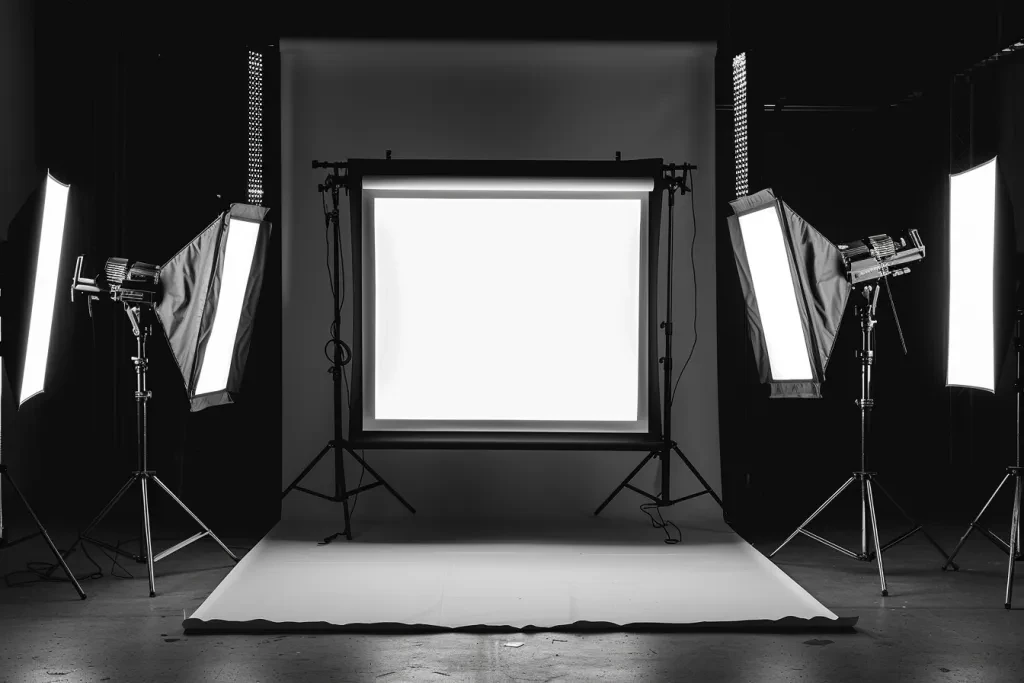
The photographic lighting industry has seen significant advancements in technology, offering photographers innovative features that enhance their creative capabilities. These technological advancements provide greater control, flexibility, and efficiency in lighting setups.
One prominent feature is wireless connectivity, allowing photographers to control the lighting settings remotely using smartphones or tablets. This feature is particularly useful in dynamic shooting environments where quick adjustments are necessary. Additionally, the integration of smart technology enables automated lighting adjustments based on the scene, ensuring optimal lighting conditions without manual intervention.
Another notable advancement is the development of bi-color and RGB lighting. Bi-color lights offer adjustable color temperatures, allowing photographers to switch between warm and cool tones seamlessly. RGB lighting provides the ability to produce a wide spectrum of colors, opening up creative possibilities for artistic and experimental photography. These features enable photographers to achieve precise color control and create unique lighting effects.
Durability and Quality of Photographic Lighting Equipment

Durability and quality are essential considerations when selecting photographic lighting equipment. High-quality materials and robust construction ensure that the lighting equipment can withstand frequent use and various environmental conditions. Durable lighting equipment reduces the risk of malfunctions and downtime, allowing photographers to focus on their creative work without worrying about equipment failure.
Quality lighting equipment often comes with certifications and safety standards that guarantee its reliability and performance. Certifications such as CE, UL, and RoHS indicate compliance with international safety and environmental standards. These certifications provide peace of mind, knowing that the equipment meets stringent quality criteria and is safe to use.
Additionally, the build quality of the lighting equipment affects its longevity and resale value. Well-built lights with sturdy components and reliable mechanisms retain their value over time, making them a worthwhile investment. Photographers can also benefit from extended warranties and comprehensive customer support, ensuring that any issues are promptly addressed and resolved.
Packaging Quality and Regulatory Compliance
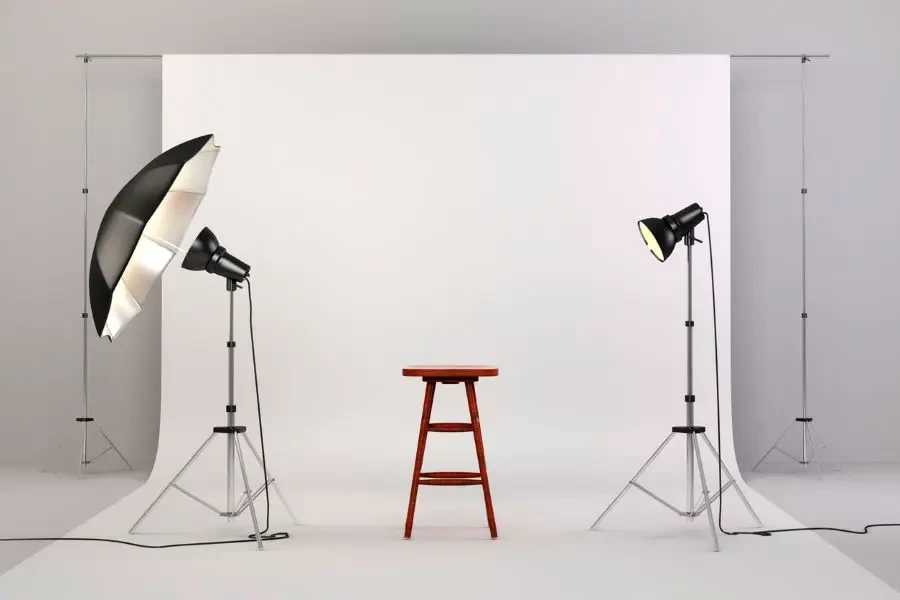
The packaging quality of photographic lighting equipment plays a crucial role in protecting the products during transportation and storage. High-quality packaging with adequate cushioning and protection ensures that the lighting equipment arrives in perfect condition, ready for use. Proper packaging also reflects the manufacturer’s attention to detail and commitment to delivering a premium product.
Regulatory compliance is another important aspect to consider. Photographic lighting equipment must adhere to various regulations and standards, such as electrical safety, electromagnetic compatibility, and environmental guidelines. Compliance with these regulations ensures that the equipment is safe to use and does not pose any risks to the photographer or the environment.
Manufacturers that prioritize regulatory compliance demonstrate their dedication to quality and safety. Photographers should look for equipment that comes with clear documentation and certification labels, indicating adherence to relevant standards. This information provides assurance that the equipment has undergone rigorous testing and meets the required specifications.
Warranty and Customer Support Options
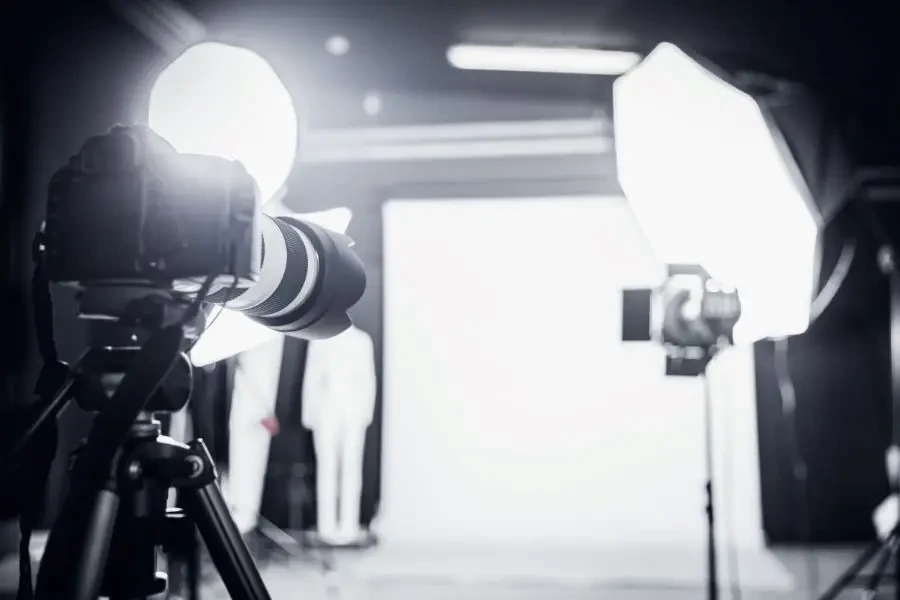
Warranty and customer support options are critical factors when selecting photographic lighting equipment. A comprehensive warranty provides protection against manufacturing defects and ensures that any issues are promptly addressed by the manufacturer. The duration and coverage of the warranty vary depending on the brand and product, so it’s important to review the terms and conditions carefully.
Customer support options, such as technical assistance, repair services, and replacement parts, play a vital role in maintaining the functionality of the lighting equipment. Reliable customer support ensures that photographers can quickly resolve any problems and minimize downtime. Access to knowledgeable support representatives and online resources, such as user manuals and troubleshooting guides, enhances the overall user experience.
Photographers should consider the reputation of the manufacturer and the availability of support services when making a purchase decision. Positive reviews and testimonials from other users can provide valuable insights into the reliability and responsiveness of the customer support team. Investing in equipment from reputable brands with strong customer support ensures a smooth and hassle-free experience.
Summarizing
In conclusion, selecting photographic lighting involves careful consideration of various factors, including types and styles, performance and functionality, design and aesthetics, technical specifications, and budget. Exploring the latest technology features, ensuring durability and quality, evaluating packaging and regulatory compliance, and understanding warranty and customer support options are essential for making an informed decision. By prioritizing these factors, photographers can choose lighting equipment that meets their specific needs and enhances their creative capabilities.



